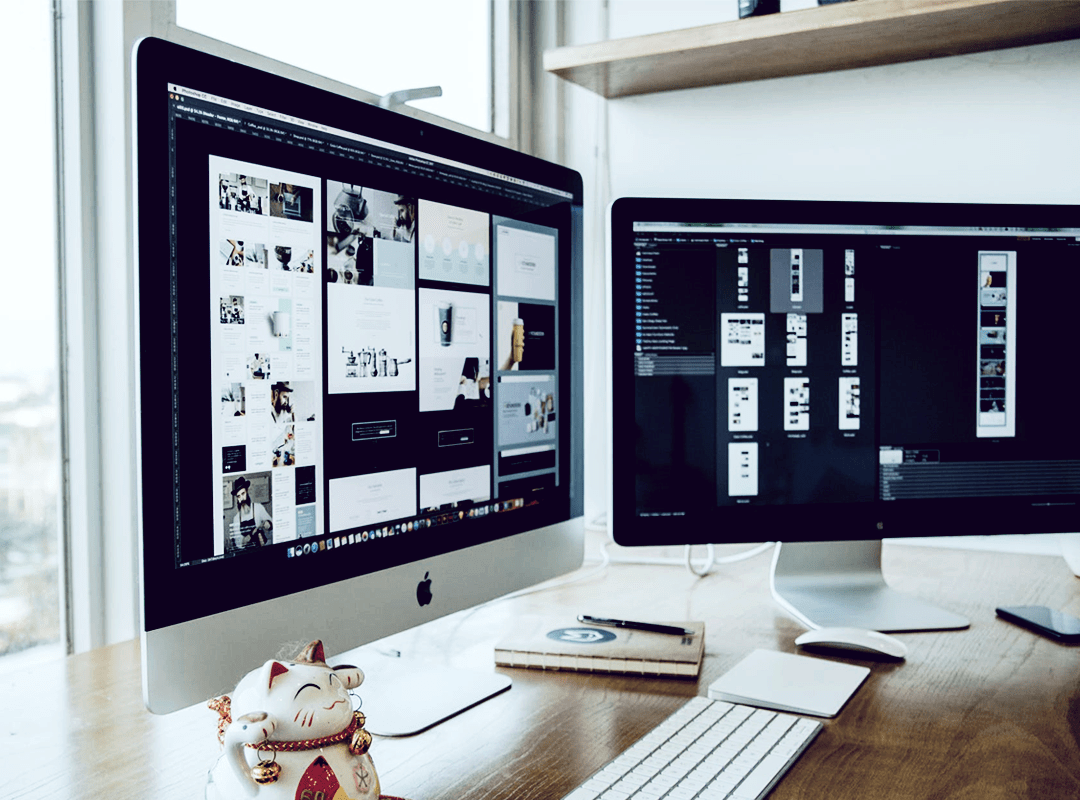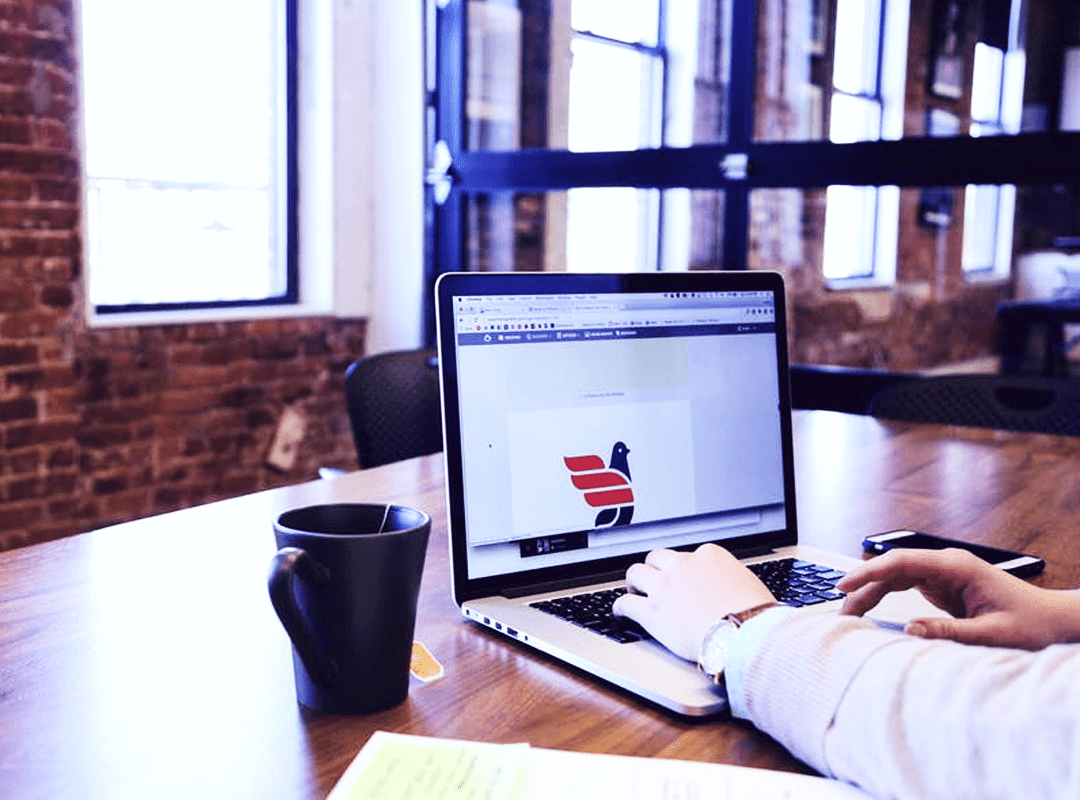A good design is formed by a combined and constructive usage of the design elements. The combination of elements should enlighten the viewer. Every design element aims to communicate a message. Making a professional usage of the key design elements is essential for good designing. Keys designing elements like focusing on proper colors, catchy fonts, are a prerequisite for an effective design. This article presents the top design elements for professional designers to help you learn professional designing.
What is a design element? Design elements are the various tools, which are used by a designer to form a design. Shapes, lines, fonts etc. form the basic design elements for professional designers. Having a basic understanding of the correct incorporation of design elements is necessary to learn professional designing. Make effective designs for branding and advertisement by focusing on the following key elements:

1. Framing: Put borders around your design
Framing is concerned with using a particular frame for your design. They make your design look neat. Further, they enable you to inculcate organization in your design. Visual hierarchy is an essential part of a design and important to learn professional designing. Frames help in establishing a visual hierarchy for your design and are one of the most important design elements for professional designers. They define the shapes in the white space. You can go for simple frames or decorative frames. The type of your ideal frame depends upon the purpose behind your designing. Therefore, framing comes up as a relevant design element for professional designers. Know more about designing in our blog TRANSFORM STICKMEN INTO PROFESSIONAL FIGURES- LEARN THE ART OF DESIGNING FIGURES.

2. Colors
Inappropriate color choices can easily ruin a good quality design. Irregardless of the particular color scheme of the design, the relevance of proper incorporation of colors can’t be undermined. Both hue and saturation level of colors should be considered. You must be well versed with the basics of colors as they are essential design elements for professional designers. Set the colors according to the purpose of your design. This is essential for setting the right mood for the design. Choose an ideal color space (CMYK or RGB). A good color choice is necessary to make effective designs for branding and advertisement. Read our blog on GLOSSARY OF COLORS: CAPTIVATING COLOR COMBINATIONS to know more about the best color combinations.

3. Lines
Lines form the basic outline of a design. They can be used in varied forms like smooth, curved, rough, thick, thin etc. A straight line conveys a more neat outlook as compared to a diagonal line. However, a diagonal line showcases its kinetic energy. They can be used to set information in an organized manner, in a busy composition. You can use lines to form shapes and all kinds of figures. The world is full of lines. You can notice lines in branches, trees, shapes, houses etc. Usage of lines gives a natural and neat edge to your design. Therefore, they form a significant design element for professional designers.

4. Typography
The content’s relevance is equally important as its way of being presented. It conveys the basic message of your design. Use an ideal font for the content as it is one of the important design elements for professional designers. It should provide a striking appearance to your design. Use it to develop a structure between the content and visuals of the design. Ensure proper kerning. Appropriate leading and tracking needs to be applied to the fonts. All such things will enhance the legibility of your content. Alongside, well structured content conveys a feeling of professionalism to the viewer. Basic knowledge of typography is essential to learn professional designing. Know more kerning techniques in our blog DO JUSTICE TO YOUR TYPOGRAPHY: LEARN HOW TO WORK WITH KERNING.

5. Shapes
A shape is simply any enclosed space. It can be made up of lines or according to its surroundings. Accordingly, they can be geometric or organic. Geometric shapes are squares, rectangles, ellipses, triangles etc. Organic shapes can be a blob or a simple bubble. You can use a grid to design structured and professional shapes. Moreover, shapes are not primarily restricted to the figures. They can be incorporated into the text as well. Form blocks of texts as shapes. Analyze your design and identify ideal areas for the shapes. Good shapes add up to the authenticity of a design. Read our blog THE ULTIMATE RULE BOOK FOR PROFESSIONAL DESIGN COMPOSITION AND LAYOUTING to know more about interesting facts related to designing.
All the above points serve as the key design elements for professional designers. Each of them require an in depth focus from the designer’s end. They all combine together to form a well structured design. An appropriate usage of these elements results in an effectual design.






